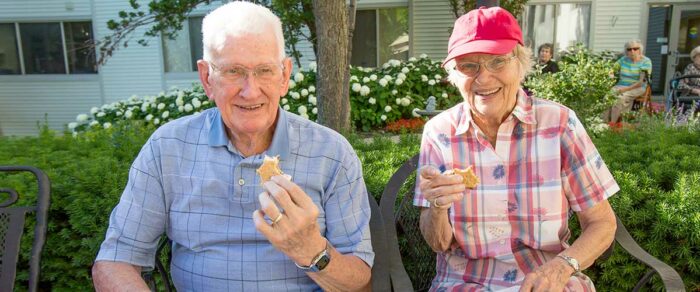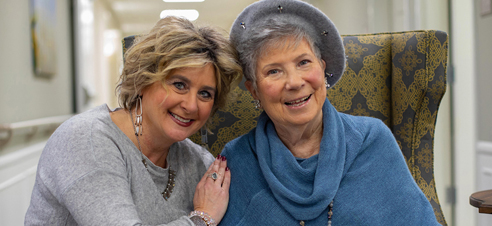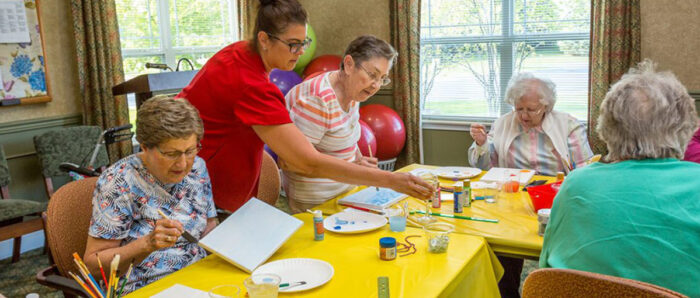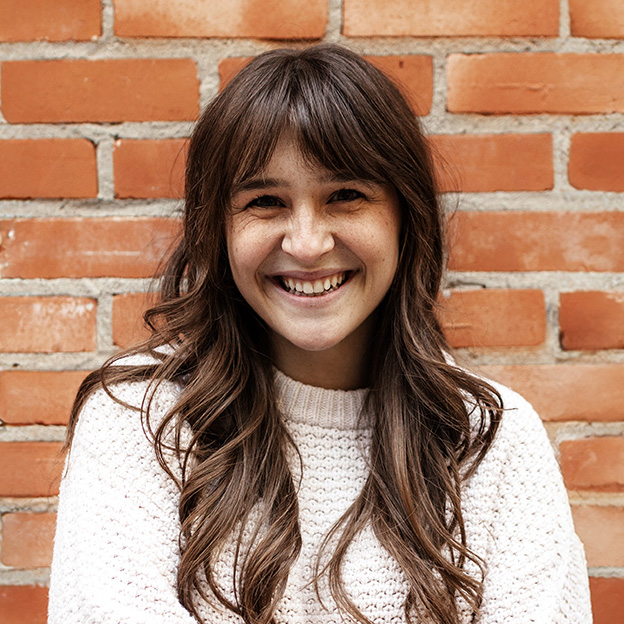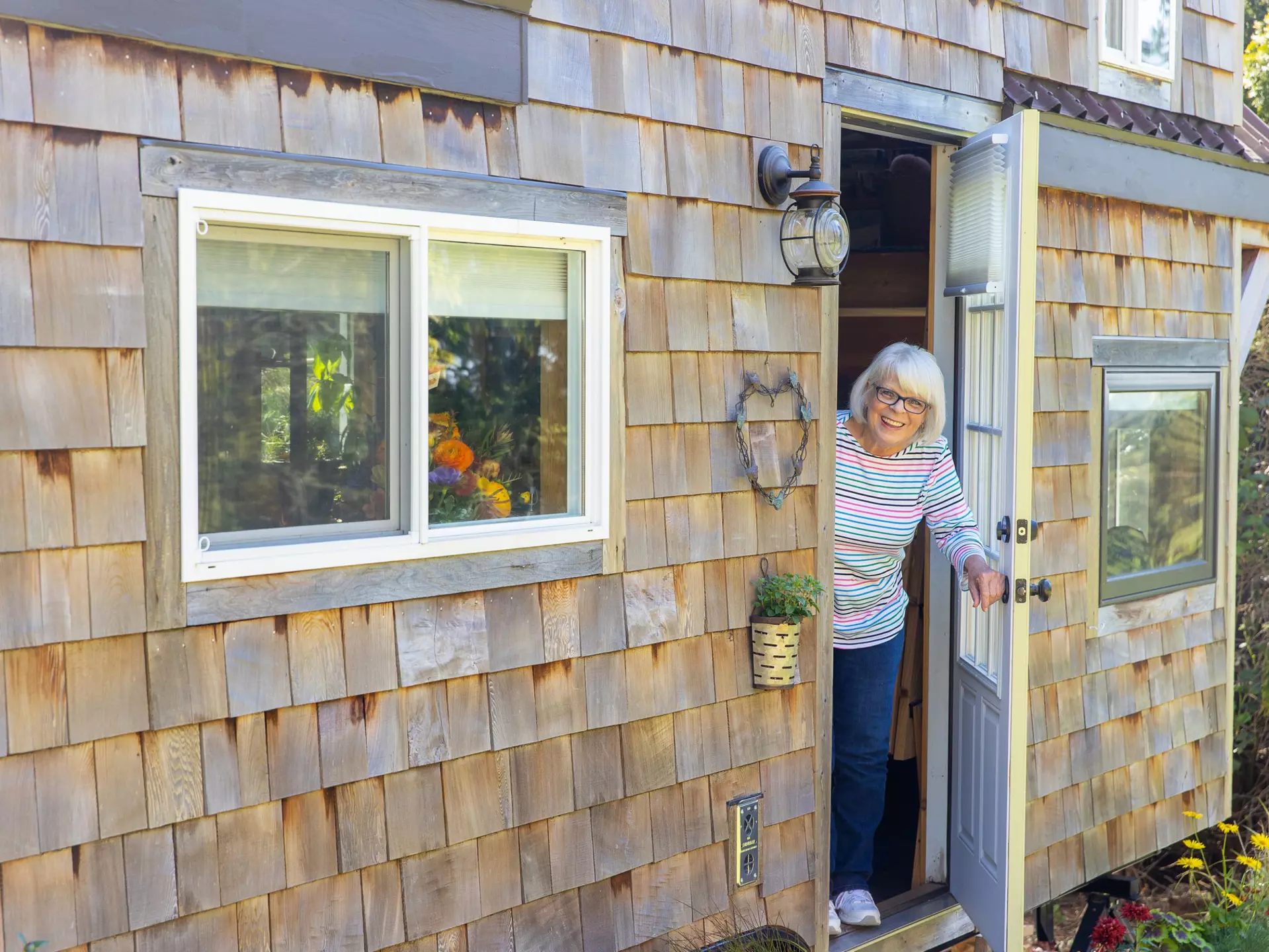It’s normal for our housing needs to change as we grow older. Sometimes, that means taking another look at your or your family member’s living situation. If your loved one could use additional support services, there are many types of senior living options available.
However, some seniors prefer to spend their later years in the familiar comfort of home, surrounded by the love and warmth of family. If aging in place feels right for you or your loved one, then a “granny pod” may be worth exploring.
In this post, we’ll explain what granny pods are, how much they cost, their pros and cons, and how to get started if you’re considering building one for yourself or someone you love.
What Are Granny Pods?
A granny pod is a compact, self-contained home typically built specifically to accommodate an older loved one. Families often set them up in the backyard, although they can also be made by converting existing spaces like garages, guest houses, or small cottages. This living arrangement lets seniors live close to family and loved ones, ensuring companionship and support are always a few steps away.
How Do Granny Pods Work?
Granny pods are usually equipped with all the essentials, including a bedroom, kitchenette, and bathroom. Depending on an individual’s specific needs, additional safety features, including nonslip flooring, wide doorways, and medical alert systems may also be included. Like any small home, your granny pod will need to be connected to basic utilities like water, electricity, and sewer.
You might ask: “What states allow granny pods?” Many states categorize granny pods as accessory dwelling units (ADUs). While accessory dwelling units are legal in most states across the country, it’s essential to check with your local zoning or building department to understand your area’s specific regulations, permits, and requirements.
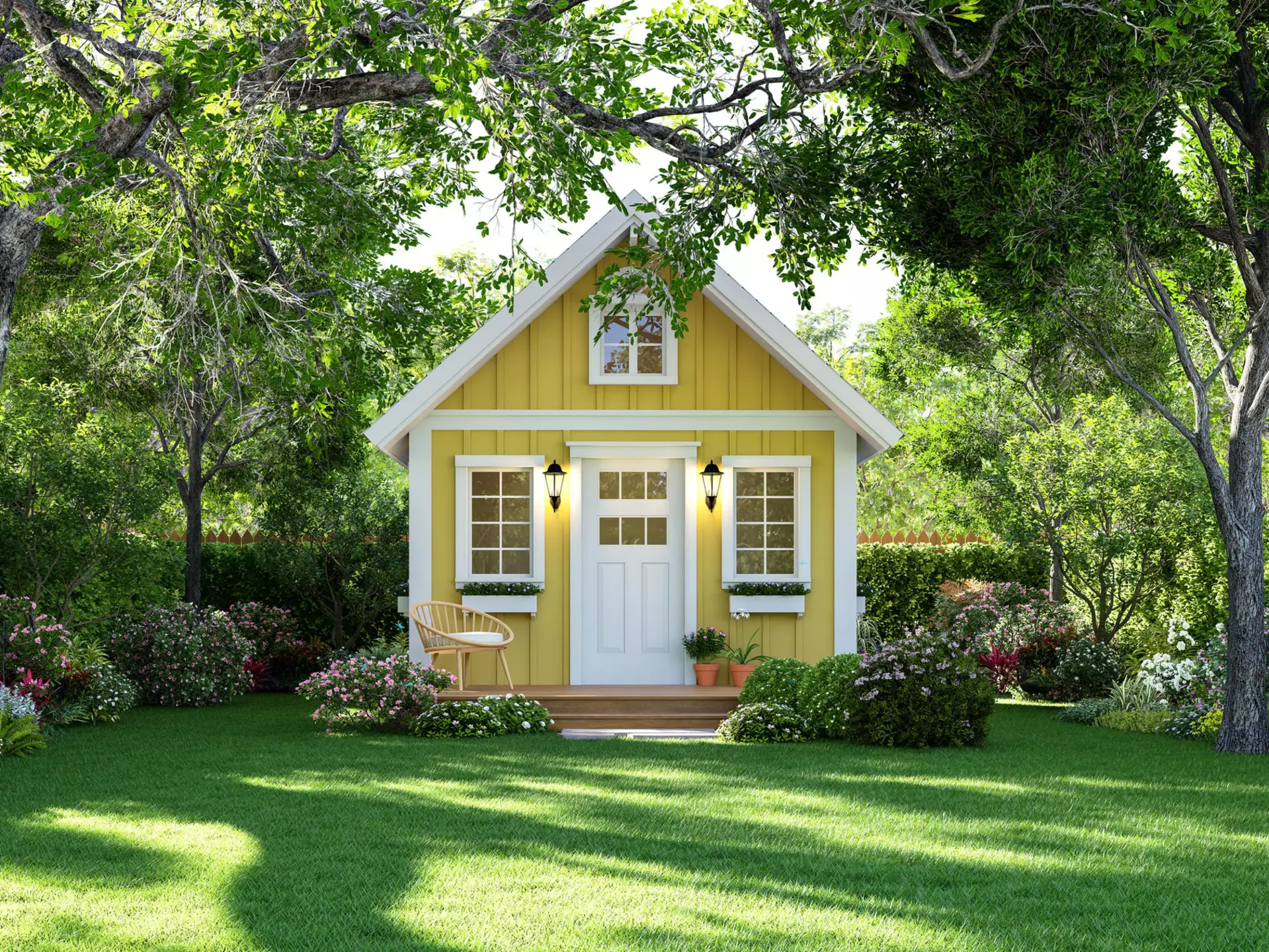
Benefits of Granny Pods for Seniors and Families
Granny pods enable older adults to live close to their loved ones while keeping their privacy and dignity.
Here are a few key reasons they’re popular with seniors and families:
- Increased Companionship: Many seniors feel lonely after retirement, particularly if loved ones live far away. A granny pod gives your family member a space of their own nearby, allowing grandkids or family to visit or enjoy meals together.
- Access to Family Support: Having a granny pod also means family caregivers can check in as needed to ensure their loved one is safe and comfortable. This can be more desirable and cost-effective for many seniors and families compared to hiring a private caregiver.
- Sense of Security: Safety is often a top priority when choosing living arrangements. When setting up a granny pod, you can include as many safety features as needed to support your older loved one’s specific health and safety needs.
- Privacy and Independence for Seniors: While it’s natural to worry about your older loved ones, most seniors still value their privacy and independence. A granny pod allows older adults to enjoy as much freedom as they’d like while keeping family close by.
- Potential Increase in Property Value: A granny pod can also raise the value of your property. An accessory dwelling unit may add to your home’s resale price if you choose to sell in the future.
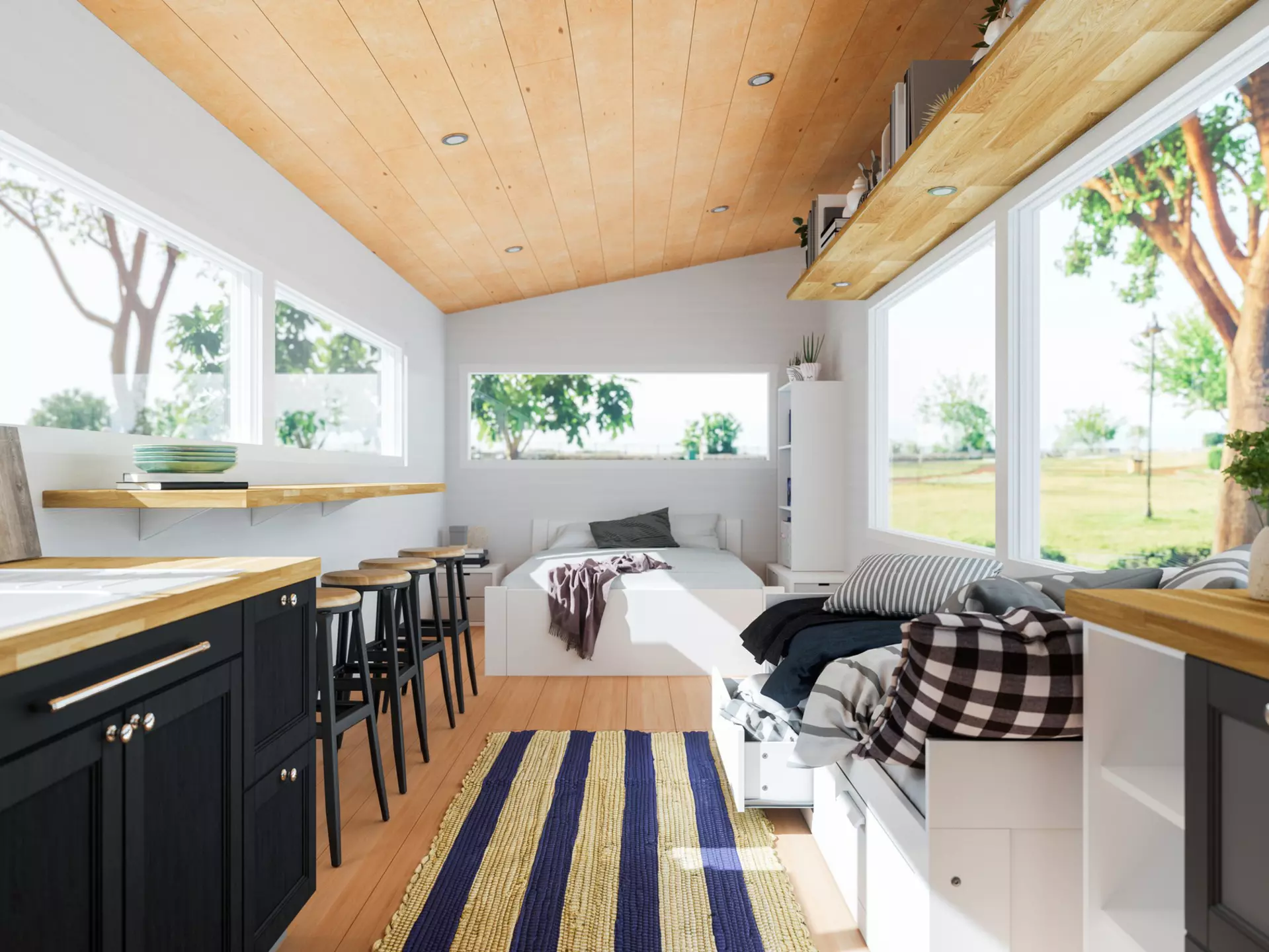
Drawbacks of Granny Pods
While granny pods may offer some noteworthy benefits, they might not be the right solution for every situation.
Here are some potential drawbacks to keep in mind:
- High Upfront Cost: Setting up a granny pod can involve several steps, including site preparation, construction or renovations, and utility hookups. These expenses can add up, putting the initial investment out of reach for some families.
- Permits and Zoning Requirements: Depending on where you live, you may need permits, zoning approval, or inspections before installing a granny pod or any accessory dwelling unit. This process can sometimes take time and add extra costs.
- Limited Living Space: Because granny pods are typically smaller, they don’t provide all the comforts or space of a full-size home. Furthermore, the limited square footage can be challenging if your loved one has many belongings or needs extra room.
- Ongoing Maintenance Costs: Like any home, your granny pod will need routine cleaning, minor repairs, and seasonal maintenance to stay in good condition. These expenses can add up over time.
- Not Suitable for All Support Needs: While caring for a loved one at home can be very rewarding, granny pods may not suit individuals needing a high level of support, for instance someone with advanced dementia. In these situations, families may still need to arrange additional support services as their loved one’s needs change.
- Insurance and Property Taxes: Adding a granny pod could affect your homeowner’s insurance policy or property taxes. Therefore, it’s essential to check with your insurance provider and local tax office before installing one on your property.
How Much Do Granny Pods Cost?
When thinking about a granny pod for yourself or a loved one, it’s natural to wonder: how much is a granny pod?
On average, installing a granny pod can cost anywhere between $20,000 and $100,000 or more, depending on the size, installed features, and the location in which you live. This price typically includes the cost of the pod itself, making sure the site meets local codes, setting up the unit on your property, and hooking it up to utilities like water, sewer, electricity, and possibly gas or internet. Generally speaking, pre-built units tend to be on the lower end of this range, while custom-built pods with lots of upgrades may cost more.
Though the initial price might seem high, it’s usually less expensive than many long-term living options. In addition, a granny pod can add to your property’s market value and make it more appealing to future buyers.
Seniors and families may use a portion of their savings, home equity loans, personal loans, or specialized financing programs for accessory dwelling units to help fund the cost of setting up a granny pod. You should also check with your insurance provider to see how adding a granny pod will affect your homeowner’s policy. In some cases, extra coverage may be required for the new structure.
Who Is a Granny Pod For?
A granny pod is an excellent fit for older adults who want to live in their own space close to family. It’s especially suited to aging parents who only need light assistance with activities of daily living (ADLs) but don’t yet require full-time support or care. This living arrangement typically works well for families who want to provide a safe, nearby space for their loved one while still allowing everyone to enjoy privacy and independence. A granny pod can also be ideal if Mom or Dad enjoys spending time with grandchildren but prefers having a space of their own at the end of the day.
Of course, it may not be the right choice in every situation. For example, older adults with complex medical conditions or individuals with advanced dementia may need specialized support that’s better provided by professional caregivers in a licensed community. Families in some states may also face strict local zoning rules when setting up an accessory dwelling unit like a granny pod. In some cases, the cost of setting up a granny pod can be too much for some families.
Below is a table outlining situations in which this living arrangement could be an ideal fit:
| Situation | Good Fit for a Granny Pod | May Not Be a Great Fit |
|---|---|---|
| Level of Support Needed | Senior is mostly independent and needs only light help with their routine | Senior has complex medical needs or advanced dementia requiring 24/7 or specialized support services |
| Proximity to Family | Family wants their older loved one to live nearby while maintaining privacy | Family lives far away or is currently unable to provide needed support |
| Health and Safety Features | Senior can benefit from essential safety features, like nonslip floors, wide doorways, and alert systems | Senior has a health condition that needs advanced medical equipment or full-time professional monitoring |
| Local Regulations | Area allows accessory dwelling units (ADUs) with minimal restrictions | Strict zoning laws, costly permits, or prohibitive building codes exist |
| Initial Budget | Family or senior can cover or finance initial costs (construction, utilities, and permits) | Upfront costs exceed family budget or financing is unavailable |
| Space Availability | Backyard, garage, or small cottage is available for conversion | No suitable space on the property |
Alternatives to Granny Pods
While granny pods are a fantastic option to consider, there are plenty of other choices worth knowing about, including:
- Traditional Tiny Homes: Traditional accessory dwelling units (ADUs), sometimes called tiny homes, are similar to granny pods. They’re smaller, separate living spaces on the same lot as the main property. However, many of these units are not specifically designed with seniors in mind and may lack key features needed to meet an older loved one’s needs.
- Moving in Together: Some adult children choose to live with an aging parent. While this arrangement can help families share everyday life and reduce senior living costs, it may sometimes require extensive modifications, like adding a bathroom on the main floor, installing ramps, or converting a living space into a bedroom.
- Home Care Services: Home care services are perfect for seniors who want to receive extra support from the comfort of their current home. In this arrangement, professional caregivers visit to assist with activities of daily living (ADLs), including taking medication, using the bathroom, transportation to doctor’s appointments, or running errands. However, because most home care agencies charge by the hour, costs can add up quickly — especially if your loved one needs frequent visits or overnight help.
- Assisted Living Communities: In assisted living communities, residents live in their own private or semi-private apartments with 24/7 caregiver access. Most communities also offer assistance with activities of daily living (ADLs), a fun-packed activity calendar, and access to health care services. If a loved one could benefit from help with their daily routine but doesn’t need ongoing support or supervision, an assisted living community may be an excellent option.
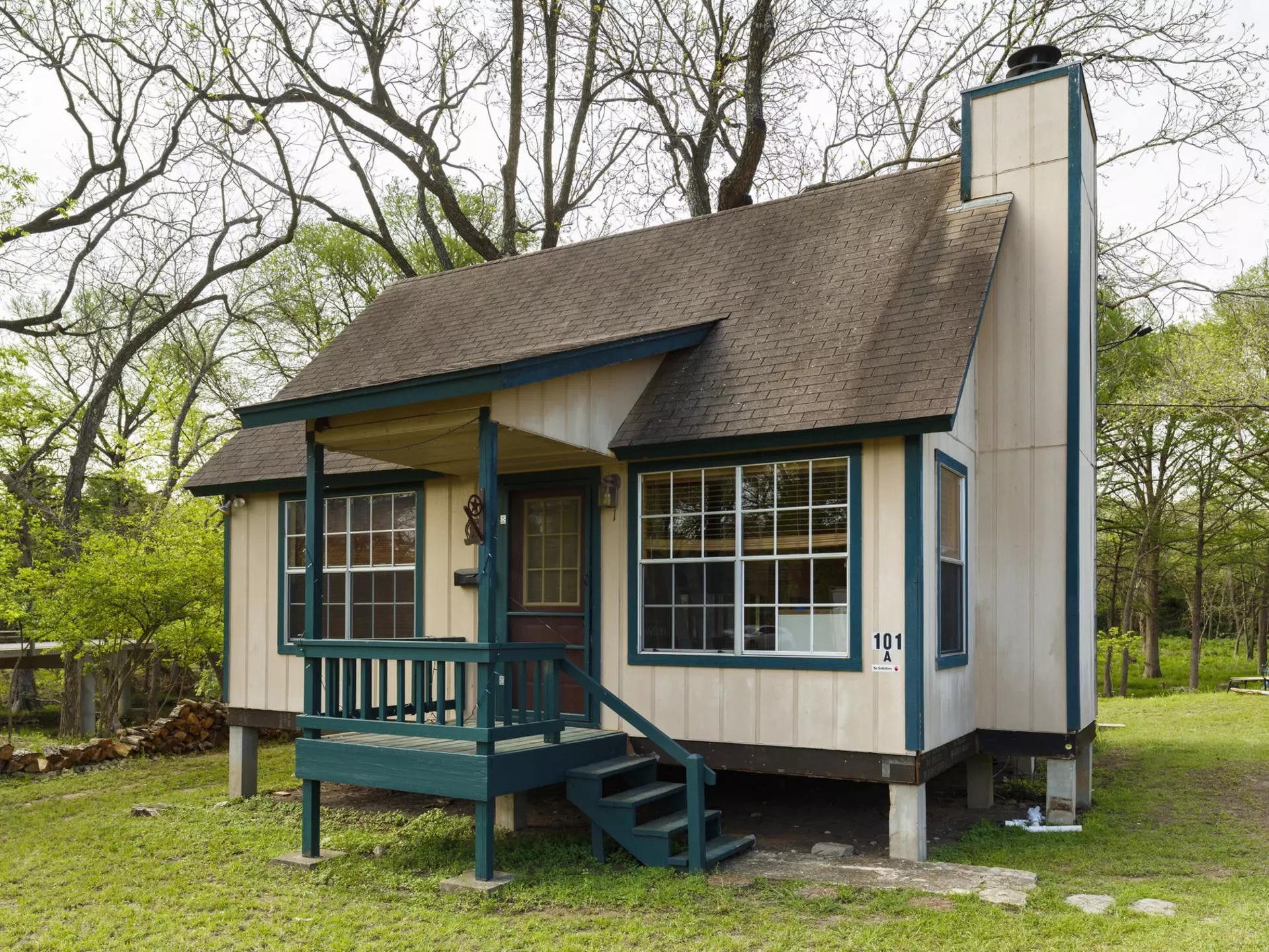
How to Get Started With a Granny Pod
If you’re thinking about adding a granny pod to your property, it might be helpful to educate yourself about the steps involved. Below is a step-by-step guide on how to get started:
- Talk With Your Loved One: Before building a granny pod, consider having a conversation with your loved one first. Sit down with your loved one and discuss whether they’re comfortable with the idea of moving. Ask them about their needs and preferences, including specific features or amenities that would make them feel safer and more comfortable in their new home.
- Check Local Zoning and Permit Rules: Rules for building accessory dwelling units vary widely across the country. If you’re planning a granny pod, contact your local zoning or planning office to see what’s allowed on your property. You can also use this online resource to check the specific ADU rules in your area.
- Set a Budget: Building a granny pod is a significant financial investment, so it’s helpful to set a clear budget. Be sure to include costs for site preparation, construction or renovation, safety features, utilities, and any professional services you’ll need for the project.
- Site Preparation: You’ll also need to decide where the unit will go on your property. During this step, consider both your and your parent’s needs for privacy, access to the main house, and ease of hooking up utilities.
- Choose a Builder: Next, work with a trusted contractor to convert an existing space or construct a granny pod that meets your or your loved one’s specific needs and preferences. It may be helpful to look for companies that specialize in senior-friendly designs.Here are some key things to watch for and questions to ask when choosing a contractor:
- Do they have experience building accessory dwelling units or senior-focused units?
- Do they hold certifications like CAPS (Certified Aging-in-Place Specialist)?
- Are they licensed and insured in your area?
- Can you see examples or photos of past granny pods or accessory dwelling units they built?
- How do they handle permits, inspections, and compliance with local codes?
- Get the Necessary Permits: Most areas require accessory dwelling units to be up to code. Make sure to secure the necessary permits and schedule inspections to ensure safety and avoid legal issues later.
- Moving In: Once built, consider furnishing the granny pod with your loved one’s favorite furniture and accessories to help them feel at home in their new space. After move-in, it’s essential to check in regularly to ensure your family member is comfortable and happy in their new home.
Senior Living With StoryPoint Group Communities
At StoryPoint Group communities, we believe every day should feel special. You may be looking for a comfortable pace of life with easy access to amenities, your parent might be hoping to connect with others, or someone you love may need extra help with activities of daily living (ADLs), or simply want a welcoming place to call home. Whatever your needs, we’d love to be by your side, every step of the way.
To learn more about life with us or just to say hello, feel free to contact us or call us at 1-844-275-9990.



